|
Genres, Themes, Actors, and Directors:
- Albert Finney Films
- Comedy
- David Warner Films
- Historical Drama
- Hugh Griffith Films
- Joan Greenwood Films
- Susannah York Films
- Tony Richardson Films
- Womanizers
Review:
Peary doesn’t review this Oscar-winning historical flick in GFTFF, but he does mention it briefly in his Alternate Oscars, where he argues that while “British director Tony Richardson’s adaptation of Henry Fielding’s bawdy Restoration comedy” was “extremely popular” — and was “certainly more enjoyable than the other sorry films nominated for Best Picture” that year — he believes that “Richardson’s directorial impositions no longer seem fresh, Albert Finney has been much more impressive in other roles, and the tone of the film now comes across as smug rather than cheery.” I agree that this fast-paced adventure comedy doesn’t seem “Best Picture” worthy, though it’s easy to see how audiences at the time would be taken with its cinematic innovations, colorful historical sets, and overall bawdy tone.
Finney’s character is surprisingly likeable: he manages to infuse rascally Jones with a sense of boyish charm and humanity, such that we’re rooting for him as an underdog throughout.

Meanwhile, those who appreciated husky-voiced Joan Greenwood in her earlier film roles will be especially pleased to see her allowed to be an aggressive pursuer here:
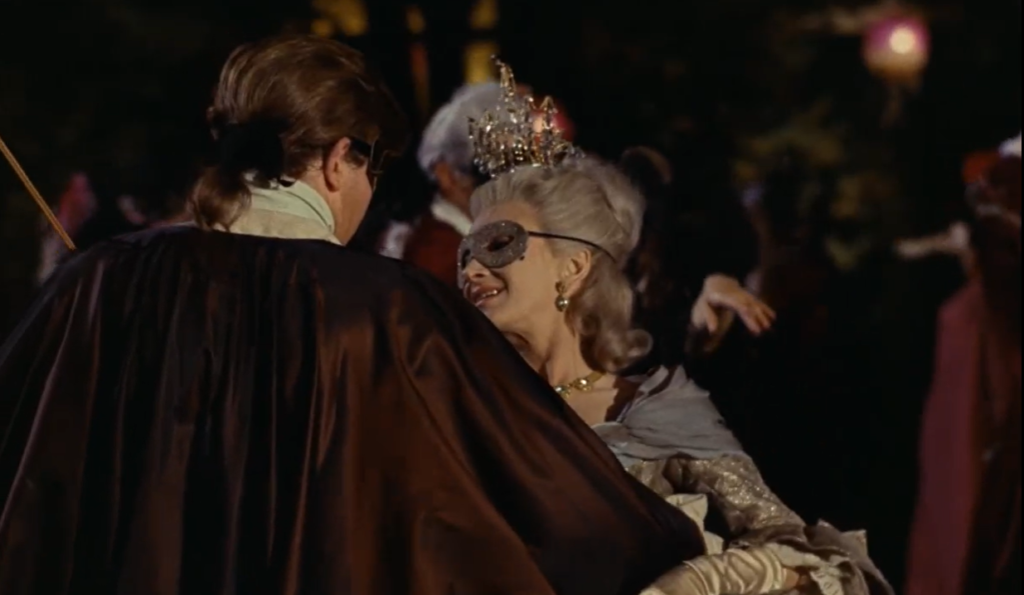
… and there are plenty of other strong women to pay attention to as well, including three Oscar-nominated performances — by Diane Cilento as Molly Seagram:
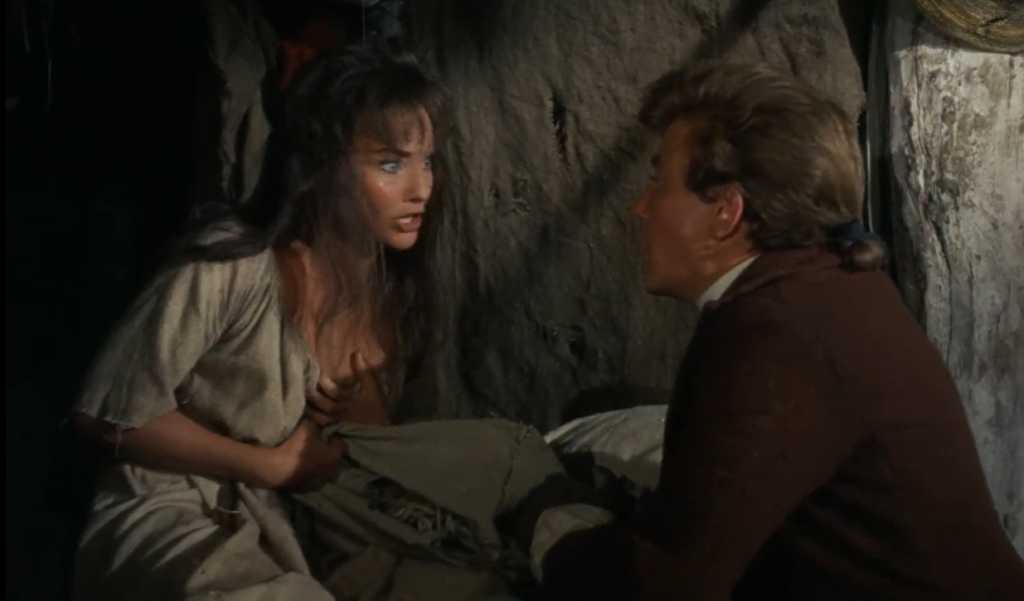
… Dame Edith Evans as Miss Western:
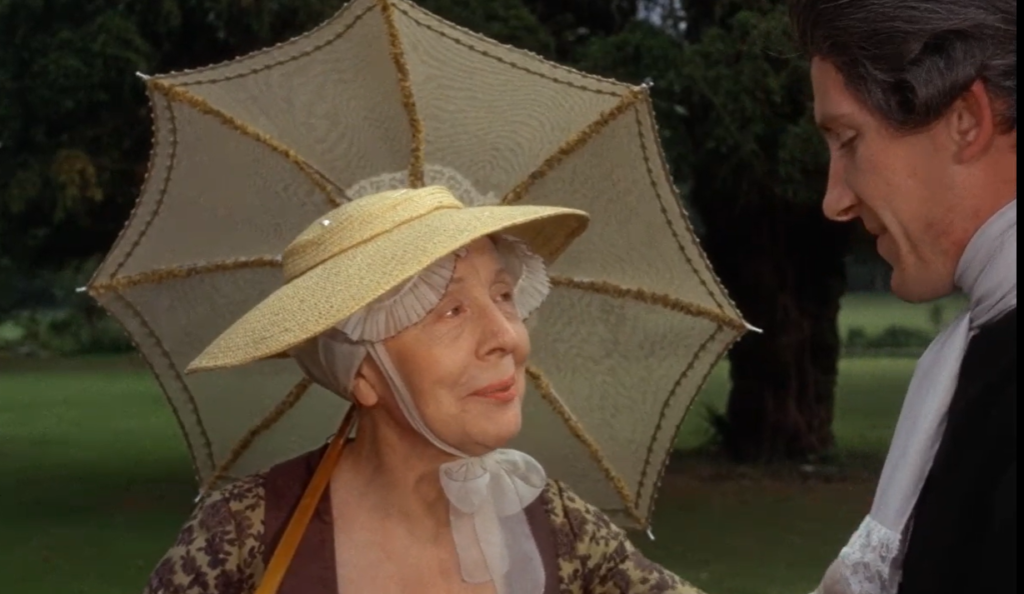
… and Joyce Redman as Jenny Jones.
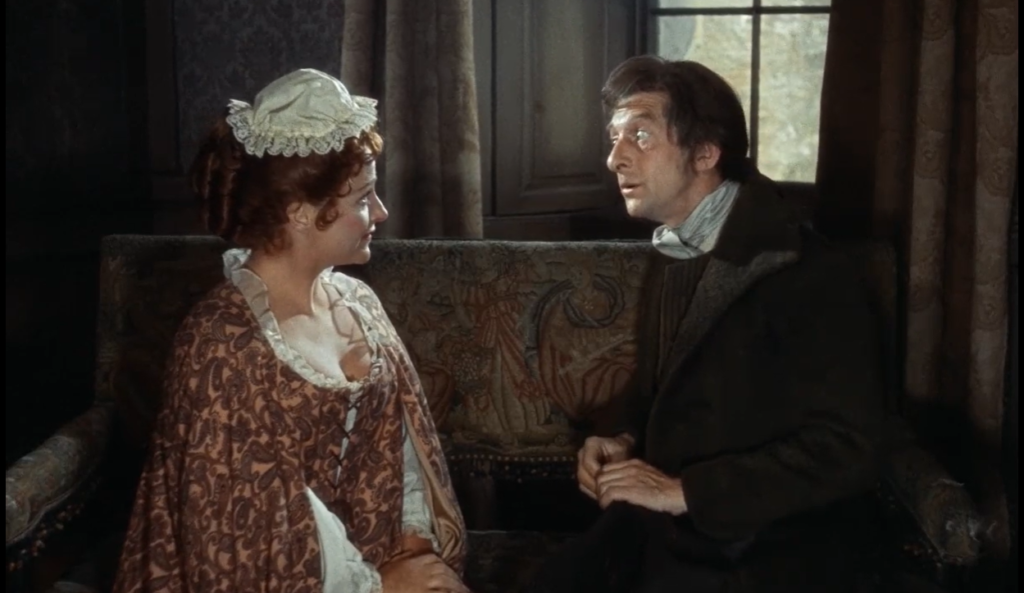
Oscar-nominated Griffith (perpetually sloshed) steals the show whenever he’s on screen:
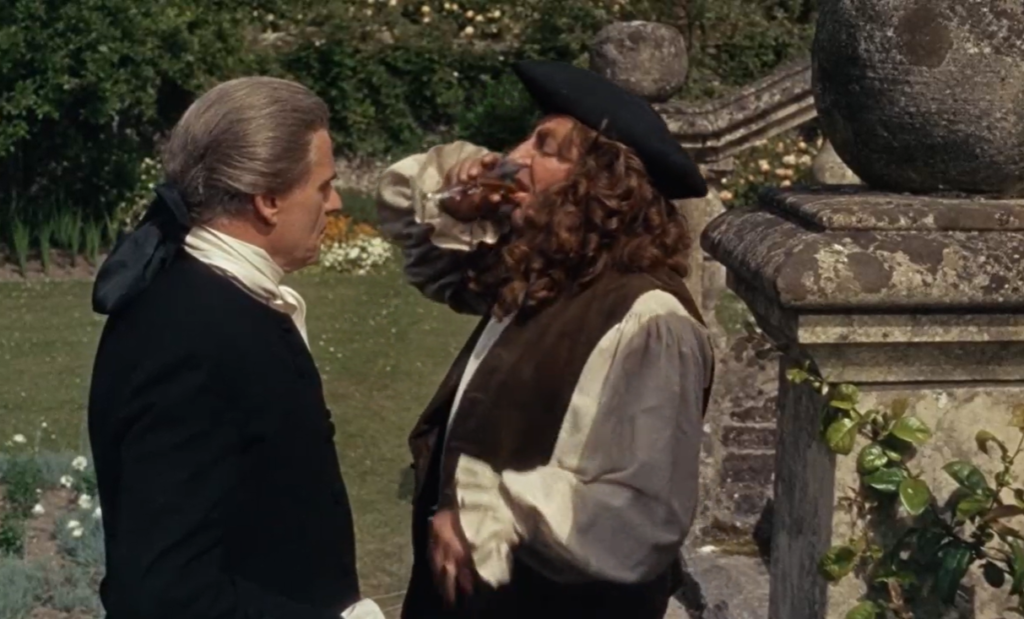
… and York is luminous in one of her earliest roles.
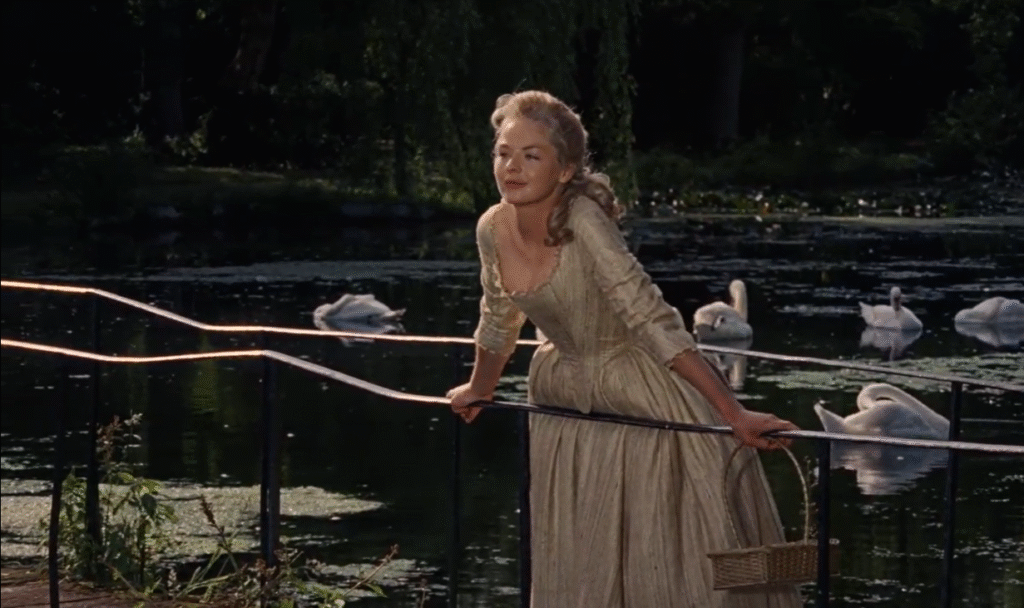
The opening sequence (shot like a silent film) and final “big reveal” moments give viewers a whirlwind opening and closing to this unconventional historical drama, which is worth a one-time look.
Notable Performances, Qualities, and Moments:
- Albert Finney as Tom Jones
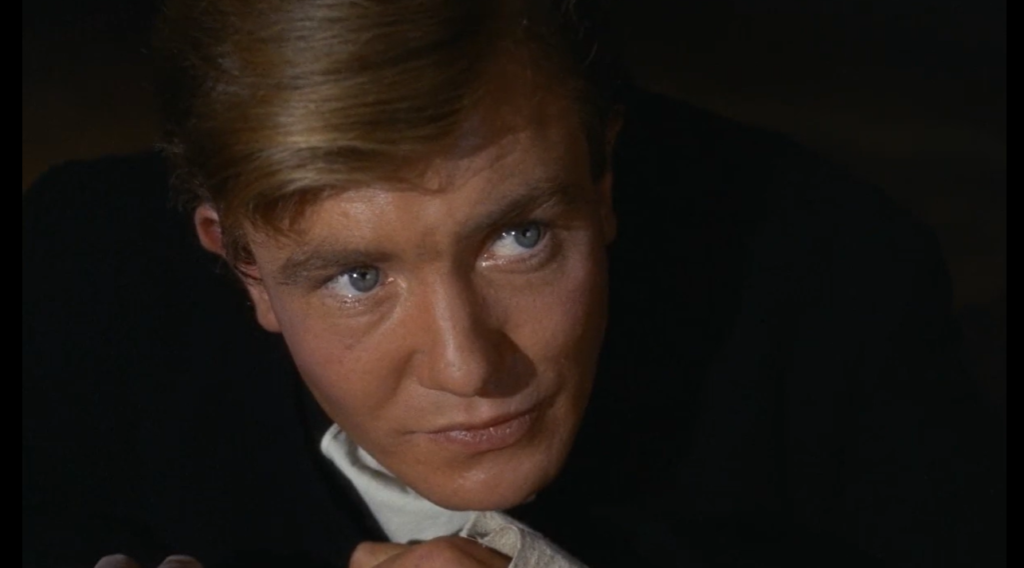
- A fine supporting cast
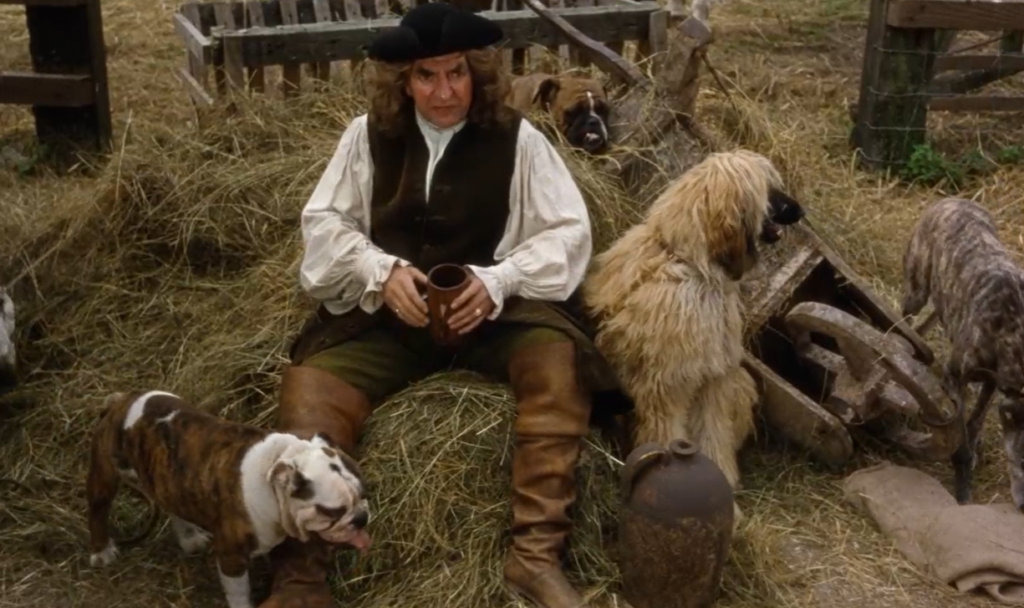
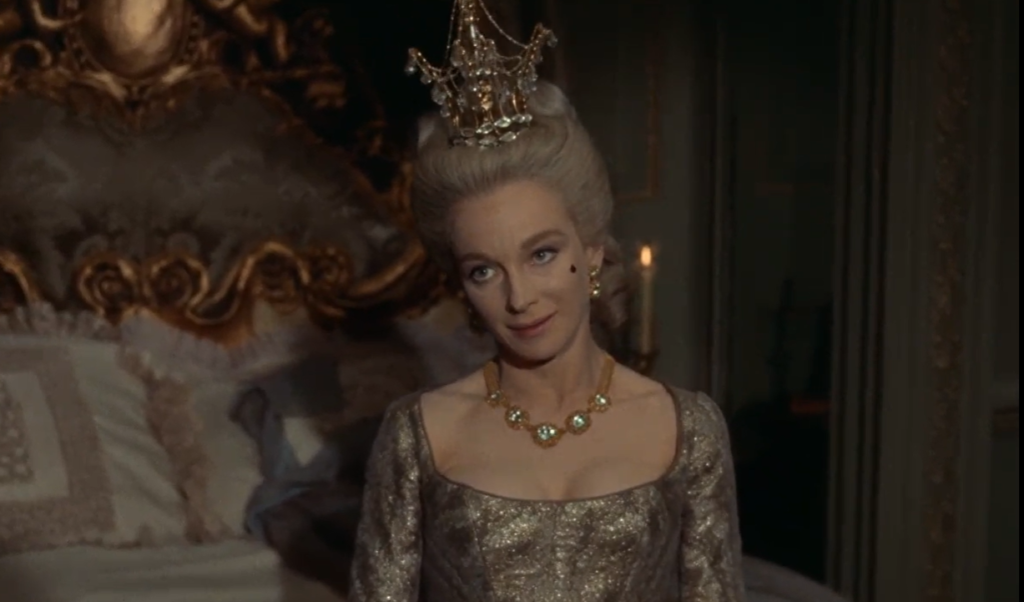
- The hunting sequence
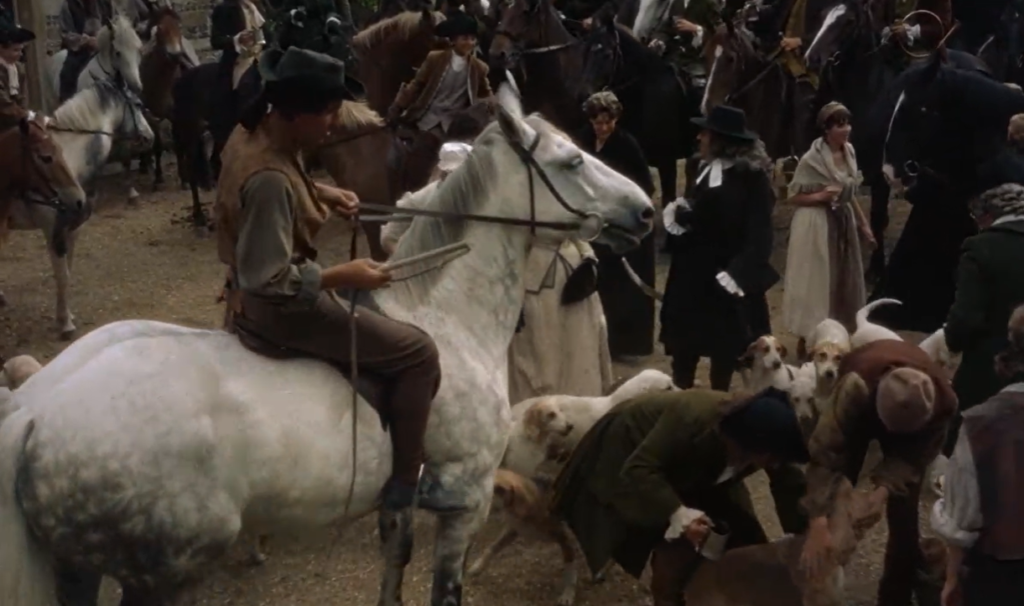
- The “lusty dining” sequence

- Walter Lassaly’s cinematography
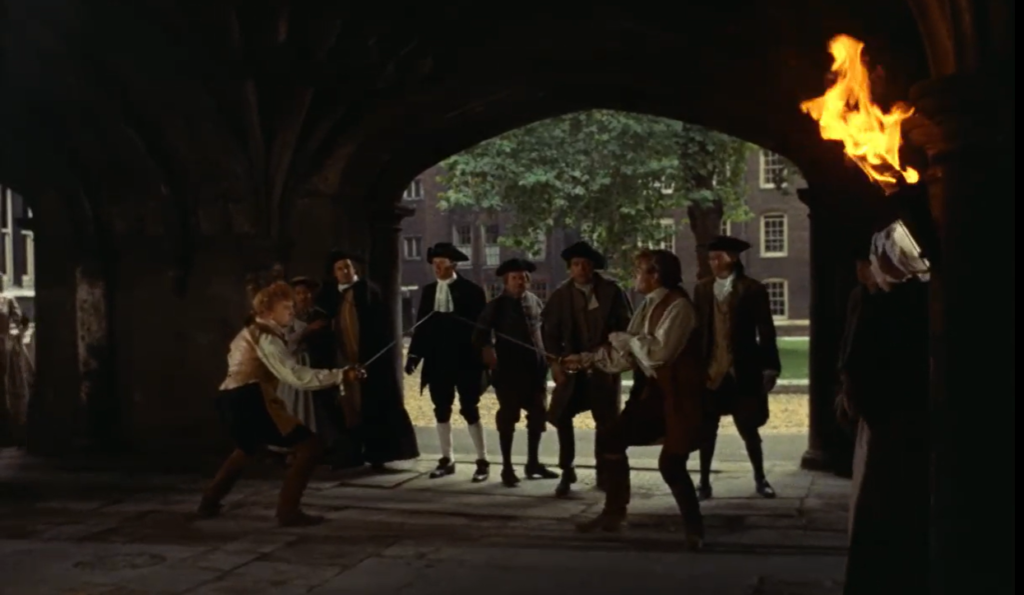
Must See?
Yes, once, for Finney’s performance and its historical relevance. Listed as a film with Historical Importance in the back of Peary’s book.
Categories
- Noteworthy Performance(s)
- Oscar Winner or Nominee
Links:
|
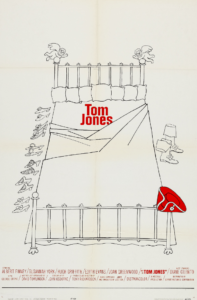













One thought on “Tom Jones (1963)”
(Rewatch 2/5/21.) A once-must, for its place in cinema history.
As best I recall from reading the novel (which I prefer), Richardson’s Oscar-winning film is a faithful (if truncated) adaptation and a rather shining example of capturing that type of literary classic. The breezy dialogue fairly sings and its wit is abundant.
The exemplary cast (including quite a few of England’s best character actors) is in high form and the result is sterling ensemble work. Mention should also be made of the meticulously detailed production and costume design.
All in all, the film remains fresh. Reportedly, Richardson was dissatisfied with it and felt he had “botched” execution considerably. Wikipedia tells us that the film’s DP Walter Lassally (who would win an Oscar the following year for shooting ‘Zorba the Greek’) did not completely share that feeling (he felt the shoot was a satisfying experience); he was quoted as saying: “Richardson rather lost his way in post-production, endlessly fixing what was not really broken.” But whatever Richardson may have over-tinkered with is not particularly evident in the film. I believe it is Richardson’s most successfully realized work.